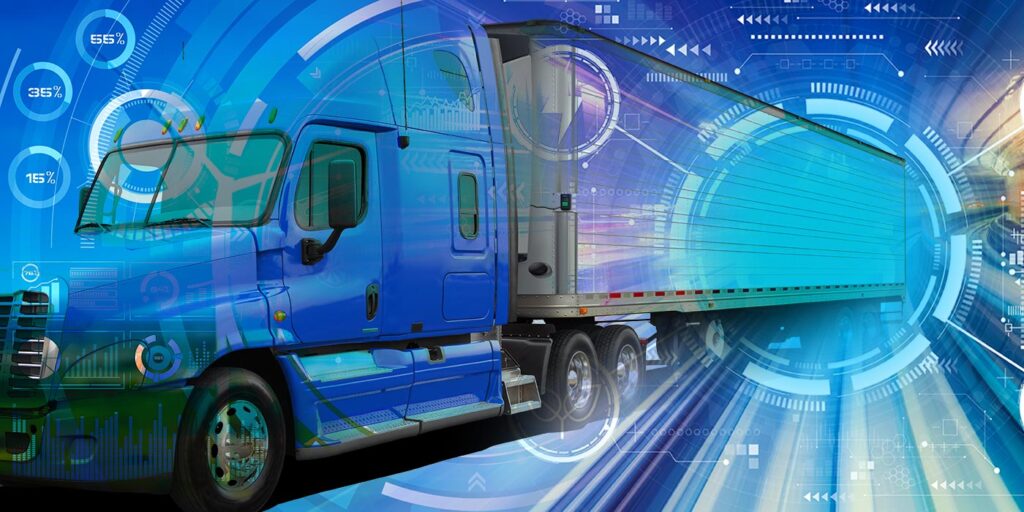It seems obvious. The tractor connects to the trailer, why shouldn’t the telematics? ELDs that provide fleet management solutions beyond electronic logs are ubiquitous now (Thanks, FMCSA) and smart trailer technology that looks beyond location services are finding their way into more and more fleets. In order to connect the two, it takes a partnership. Enter EROAD’s integration with Phillips Connect devices.
“The Phillips Connect, the trailer tracking solution has really brought a nice partnership to EROAD,” said Jim Angel, vice president, video telematics, EROAD, a fleet management solutions provider. The partnership allows EROAD to offer the full line of Phillips Connect devices for powered and non-powered assets, along with sensors, harnesses, and accessories for monitoring cargo status and trailer health. Fleets can locate assets, maximize productivity, and give their own customers a live view into their trailers, containers, and chassis.
“When you’ve got somebody like Phillips, it was a no-brainer to move forward with the technology. They know trailers inside out because they’ve been providing products for years upon years,” Angel said.
But how does that digital connection work? Is it just as easy as it is to physically connect the tractor and trailer? Angel explains:
“When you hook the equipment up to the trailer, there’s still an assignment that goes into effect, right? So, like a tractor number, you have a trailer number. You’re within the same organization, and then when you tether the two together, we have the ability to grab that information from the unit, either through the back office and bring it into the portal, or be able to bring it through with our telematics.”
The information “grab” that Angel mentioned is actually a signal from a trailer transponder that is always broadcasting a signal, explained Keith Halasy, at the time marketing director, EROAD.
“Right now it’s more of a manual pairing when you’re grabbing the trailer because that’s part of the DDIR process when you’re signing in, is doing that tractor trailer pairing,” Halasy said. “Back in the office, you’re going to be able to see the GPS dots of the tractor and trailer together.”
Halasy noted that the process will become more seamless and offer even more data.
“As you start working on grabbing more data coming off the trailer network, the process for dispatchers getting people out and getting confirmation of the trailers is a huge part of improving fleet operation,” Halasy said.
Benefits beyond the connection
Up to this point, the tractor and trailer have been managed as separate data devices. When you digitally connect the two, you start to see the application opportunities.
“One of the key benefits–and this is something that people don’t talk about because freight visibility is obviously a huge focus within what we’re doing–but safety is a big opportunity,” Angel said. “When you have a driver that’s having trailer issues, that’s as important to the driver as having truck issues. “It’s stalling loads, it’s stalling the driver, and keeping people from moving forwards.
“It also provides the ability to get proactive repairs done or notice up-coming service needs to prevent catastrophic failure, which is a huge issue,” Angel continued. “Tire pressure issues, white issues, for example, are the types of things that joining the truck and trailer gives the back office immediate awareness of what’s happening with the trailer along with the tractor. Now, you’re treating the whole rig as a holistic unit.”
“When you start tying together things like geo-fence driven alerts about whether doors are open–that type of functionality tells you a ton,” Halasy agreed. “Things that help with trailer theft, things that help with safety, things that help with proactive maintenance–people are just now opening their eyes to all the imaginative ways that you can pull this data into your operation and find savings, find ways to streamline, find ways to improve revenue.”













